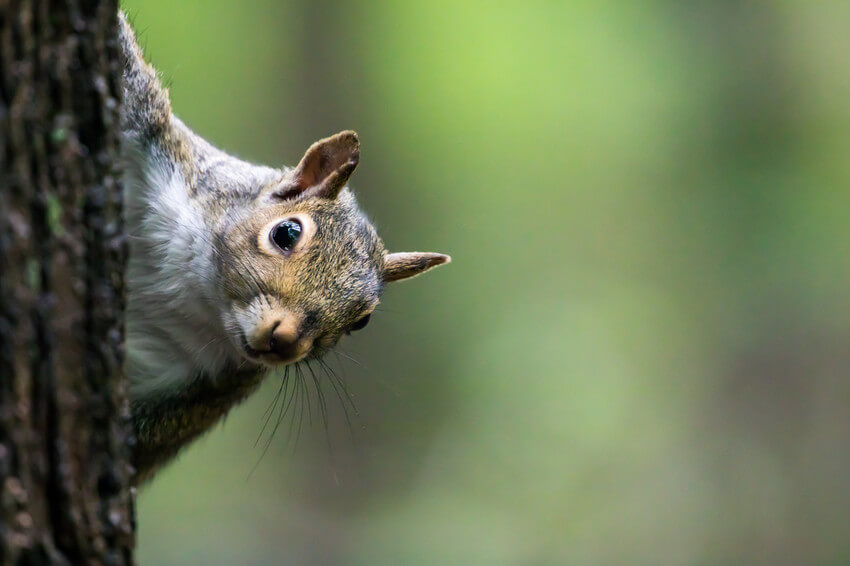It’s been said that the small mammals can differentiate between calls made by potential predators, giving them an idea of when best to emerge.
In the USA scientists have been observing squirrels in the state of Ohio, in both residential areas and public parks. In both areas the scientists observed the grey squirrels, they saw the animal moving around at exactly the right time when the birds weren’t around. From the research they discovered that the squirrels eavesdrop on nearby birds in order to work out if the coast is clear or not.
The study was published in the PLOS One journal and detailed that it was carried out by simulating different circumstances through playing recordings of different sounds. Possible danger was simulated by playing a recording of a red-tailed hawk. This was then followed up with ambient sounds and the chatter from songbirds. The behaviour of the squirrels was monitored for a further three minutes.

The study found that each squirrel displayed heightened predator vigilance after the hawk recording was played, this included behaviours such as freezing, looking up or fleeing. When the recording switched to the songbird chatter, the squirrels appeared more relaxed, suggesting that they can distinguish between bird calls, that they know which calls indicate danger.
The team behind the study concluded that the study suggests the squirrels eavesdrop on bird calls to determine the level of danger.
The authors of the published study said:
“We knew that squirrels eavesdropped on the alarm calls of some bird species, but we were excited to find that they also eavesdrop on non-alarm sounds that indicate the birds feel relatively safe. Perhaps in some circumstances, cues of safety could be as important as cues of danger.”

